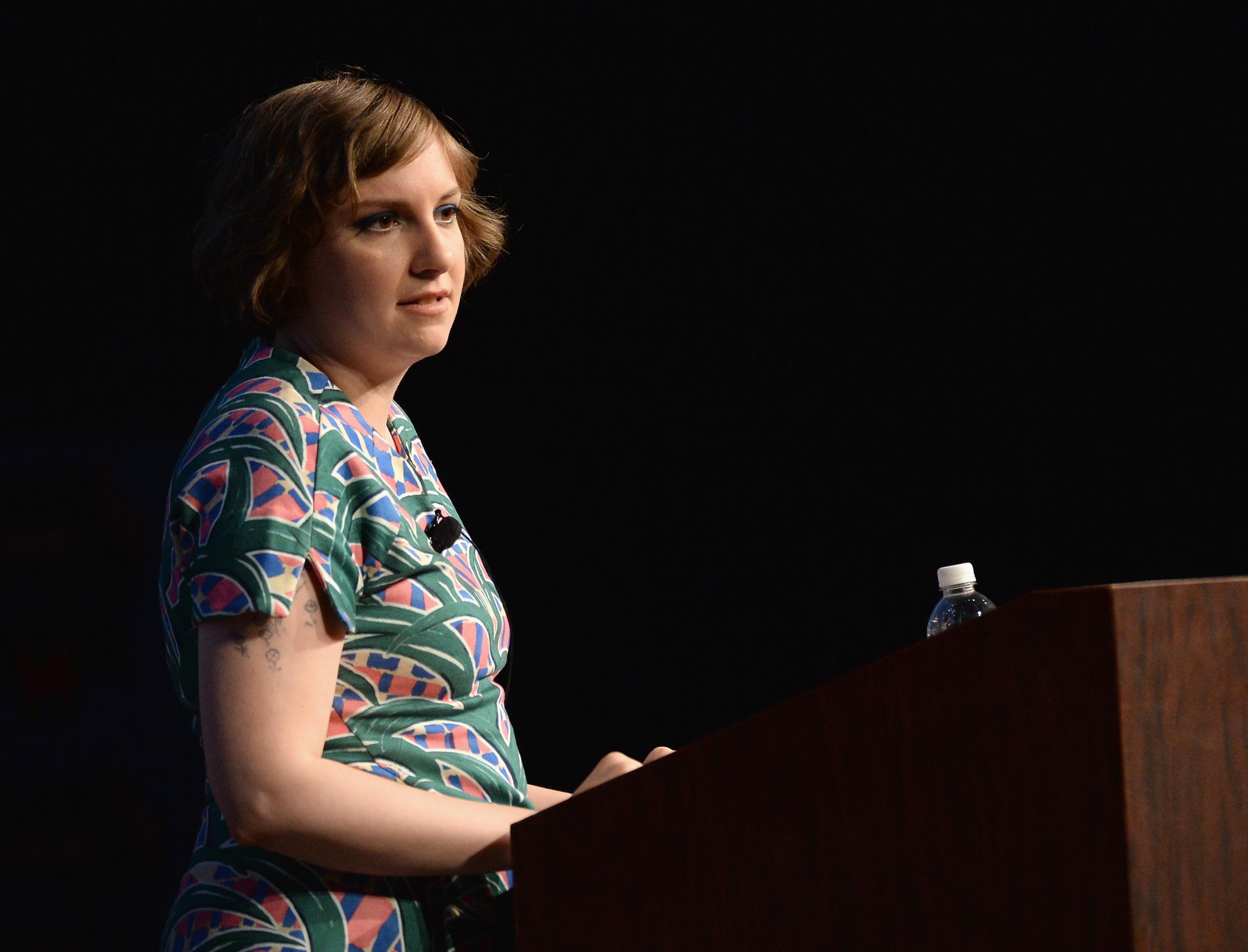1. The Bible forbids abortion.
It shouldn’t matter what the Bible says about abortion. The United States is not a theocracy. Still, given the certitude of abortion opponents that abortion violates God’s Word, it might come as a surprise that neither the Old Testament nor the New mentions abortion—not one word.
It’s not that the Old Testament is reticent about women’s bodies, either. Menstruation gets a lot of attention. So do child- birth, infertility, sexual desire, prostitution (death penalty), infidelity (more death penalty), and rape (if the woman is within earshot of others and doesn’t cry out . . . death penalty). How can it be that the authors (or Author) set down what should happen to a woman who seeks to help her husband in a fight by grabbing the other man’s testicles (her hand should be cut off) but did not feel abortion deserved so much as a word? Given the penalties for nonmarital sex and being a rape victim, it’s hard to believe that women never needed desperately to end a pregnancy, and that there was no folk knowledge of how to do so, as there was in other ancient cultures. Midwives would have known how to induce a miscarriage.
A passage often cited by abortion opponents is Exodus 21:22–23:
If people are fighting and hit a pregnant woman and she gives birth prematurely but there is no serious injury, the offender must be fined whatever the woman’s husband demands and the court allows. But if there is serious injury, you are to take life for life . . .
Contemporary abortion opponents interpret this passage as distinguishing between causing a premature birth (fine) versus causing a miscarriage (death penalty), which is indeed what most modern translations suggest. Unfortunately for abortion opponents, at least one thousand years of rabbinical scholarship say the fine is for causing a miscarriage and the death penalty is for causing the death of the pregnant woman. If anti-abortion exegetes are only now finding in this rather obscure passage evidence for an absolute biblical ban on abortion, you have to wonder why no one read it that way before. The Talmud permits abortion under certain circumstances, in fact requires it if the woman’s life is at stake.
The New Testament was a second chance for God to make himself clear about abortion. Jesus had some strong views of marriage and sex—he considered the Jewish divorce laws too lenient, disapproved of stoning adulteresses, and did not shrink from healing a woman who had “an issue” (vaginal bleeding of some sort) that had lasted twelve years and would have made her an outcast among Jews. But he said nothing about abortion. Neither did Saint Paul, or the other New Testament authors, or any of the later authors whose words were interpolated into the original texts.
2. Women are coerced into having abortions.
Abortion opponents claim girls and women are frequently forced or bullied into terminating wanted pregnancies. That 64% of women “feel pressured to abort” is a claim that shows up over and over. As the journalist Robin Marty was the first to report, the 64% statistic comes from a 2004 article in Medical Science Monitor, “Induced Abortion and Traumatic Stress: A Preliminary Comparison of American and Russian Women” by Vincent M. Rue, Priscilla K. Coleman, James J. Rue, and David C. Reardon. But David Reardon is a major anti-abortion activist, tireless promoter of “post-abortion syndrome,” a condition rejected by the American Psychological Association, and director of the anti-abortion Elliot Institute. (According to its Web site, the name was “picked from a baby names book” because it sounds both friendly and academic.) His PhD in biomedical ethics comes from Pacific Western University, an unaccredited correspondence school. Medical Science Monitor, an online journal, has published other spurious research, for example, papers defending the discredited vaccine-autism connection. In 2012 it was exposed as one of a circle of journals that agreed to inflate their citation rankings by citing one another.
There are a number of problems with the paper in question, which was actually not about coercion but a comparison of post-abortion trauma in American and Russian women. Its sample was tiny (217 Americans), self-selected, far more white and middle-class than the general population of women who’ve had abortions, plus the women were reporting on abortions a decade earlier. Half thought abortion was wrong; only 40 per- cent thought women should have a right to it. Thirty percent said they had “health complications” after the abortion, which could mean anything. (According to the Guttmacher Institute, only .05 percent of first trimester abortions have complications “that might require hospital care.”) Interestingly, the American women, though not the Russian women, reported staggering amounts of violence and trauma in their lives before the abortion.
How common is it for a woman to be pushed into an abortion she doesn’t want? In a 2005 Guttmacher Institute survey, 1,209 women were asked their reasons for choosing abortion. Fourteen percent cited “husband or partner wants me to have an abortion” and 6 percent cited “parents want me to have an abortion.” (Interestingly, both these answers were down from a similar survey in 1987, when 24 percent of women mentioned the wishes of husbands/partners and 8 percent mentioned those of parents.) But when asked to name the single most important reason, less than 0.5 percent each cited the wishes of husband/partner or parents.
3. Abortion is dangerous.
Anti-abortion literature is full of stories about women gravely injured or even killed in clinics. Such places exist: A woman died in Kermit Gosnell’s Philadelphia clinic, some were injured, and all received inferior care. Steven Brigham has been in legal trouble in several states. Such doctors stay in business because they are cheap, they are in the neighborhood, they perform abortions later than the law allows, and they zero in on low-income patients who, sadly, are used to being treated badly by people in authority. No doubt there are other inferior clinics out there. But only in abortion care do the few bad providers taint all the others—and taint them so much that opponents can pass laws that would virtually shut down the entire field in the name of patient safety.
And yet, abortion is remarkably safe. The CDC reports that from 2003 to 2009, the most recent period for which it has figures, the national mortality rate was .67 deaths per 100,000 abortions. In 2009, a total of eight women died due to abortion. Tragic as that is, compare it with fatal reactions to penicillin, which occur in 1 case per 50–100,000 courses. And what about Viagra? According to the Association of Reproductive Health Professionals, it has a death rate of 5 per 100,000 prescriptions. But you don’t find legislators calling for a ban on Viagra.
Really, though, there is only one directly relevant comparison of risk with respect to abortion, and that is pregnancy and childbirth. The death rate for that is 8.8 women per 100,000. Continuing a pregnancy is 12 to 14 times as potentially fatal as ending it. (And maternal mortality rate is rising in the US even as it is falling around the world.) Curiously, no one suggests that obstetricians be compelled to read pregnant women scripts about the dangers that lie ahead before sending them home for 24 hours to think about whether they wish to proceed.
4. There are too many abortions.
Sometimes what people mean when they say there are too many abortions is that we need to help girls and women take charge of their sexuality and have more options in life. According to the Guttmacher Institute, in 2011 abortion declined by 13 percent from 2008, mostly because of better access to birth control and to longer-acting birth control methods like the IUD. That is very good news.
But often what people mean is that women are too casual about sex and contraception. When Naomi Wolf writes about her friends’ it-was-such- good-Chardonnay abortions, she is saying women get pregnant by accident because they are hedonistic and shallow. It is difficult to come down hard on abortion as immoral, to insist that the ideal number of abortions is zero, as Will Saletan maintains, without blaming the individual woman who got herself into a fix and now wants to do a bad thing to get out of it.
5. Abortion is racist.
In February 2011, a three-story-high billboard popped up in New York City. Featuring an adorable little black girl in a sweet pink dress, it pro- claimed, “The Most Dangerous Place for an African American Is in the Womb.” The previous year, billboards in Atlanta showed a little black boy with the slogan “Black Children Are an Endangered Species.” The brainchild of Life Always, a Texas anti-abortion group, these signs, and similar ones around the country comparing abortion to slavery, aroused so much indignation from black women that they were quickly taken down. But the charge that abortion is racist is commonplace in the pro-life movement.
If the womb is the most dangerous place for an African American, that makes black women, the victims of racism, the real racists. Put like that it doesn’t make much sense. The metaphor ignores the subjectivity of black women; once again, a woman is a vessel, a place—in this case a hostile place. Imagery of abortion as slavery or genocide allows abortion opponents to posture as anti-racists without having to learn anything about the lives of black women or lift a finger to rectify the enormous and ongoing legacy of slavery and segregation. Just shame black women into giving birth to more children than they feel they can safely bear or care for, and all will be well.
6. Abortion opponents would never punish women.
That’s what they always say: Women are abortion’s “other victim.” Only the providers should be charged with a crime. That view would come as news to the many countries where women are in prison for ending their pregnancies.
Right now, putting women on trial for abortion sounds far- fetched, I admit. There’s little heart for it in the ranks of the pro-life movement. But the groundwork is being laid. Women have been arrested for self-abortion in several states, although few have been convicted. Many have been arrested and some imprisoned for drug use or other behavior during pregnancy, even when no bad outcome occurred, and even when the law was clearly designed for some other purpose (to protect living children from meth labs, for example). For decades the anti-abortion movement has striven to enshrine in law the view that the embryo and fetus are persons. They won passage of the federal Unborn Victims of Violence Act, which made causing the death of embryos and fetuses a separate crime from the harm caused to the pregnant woman, and versions of that law in many states. In the spring of 2014, despite strenuous objections from women’s groups and medical organizations, the Tennessee state legislature passed with bipartisan support, and the moderate Republican governor signed, a bill that would subject to criminal penalties of up to fifteen years in prison drug- using women who had a poor pregnancy outcome.
As abortion becomes restricted, and the embryo and fetus are regarded as legal persons in more and more areas of the law, it becomes increasingly difficult to say why a pregnant woman’s conduct during pregnancy should not be subject to legal scrutiny.
Katha Pollitt, the author of Virginity or Death! and Learning to Drive, is a poet, essayist, and columnist for The Nation. She has won the National Book Critics Award for her first collection of poems, Antarctic Traveler, and two National Magazine Awards—for Essays and Criticism, and Columns and Commentary. She lives in New York City.
Excerpted from Pro: Reclaiming Abortion Rights by Katha Pollitt, published by Picador. Copyright © 2014 by Katha Pollitt. All rights reserved.
Here's What 20 Famous Women Think About Feminism





















Read next: Dear Fellow Conservatives: Want Fewer Abortions? Tolerate Birth Control
More Must-Reads from TIME
- Cybersecurity Experts Are Sounding the Alarm on DOGE
- Meet the 2025 Women of the Year
- The Harsh Truth About Disability Inclusion
- Why Do More Young Adults Have Cancer?
- Colman Domingo Leads With Radical Love
- How to Get Better at Doing Things Alone
- Michelle Zauner Stares Down the Darkness
Contact us at letters@time.com